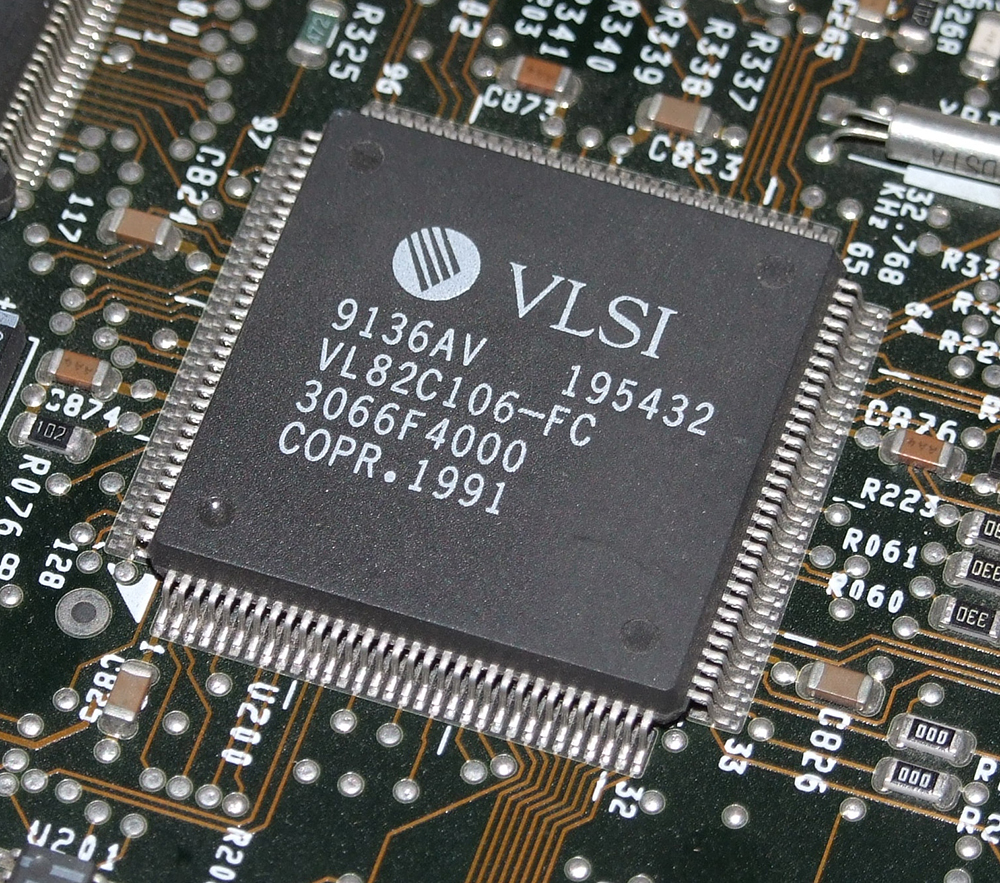Last Updated on April 20, 2024 by Nasir Hanif
Embedded Hardware Design has always been and will continue to be critical to the creation of innovative hardware components. Having said that, the software now works best in an embedded design method. Which raises the question of the current level of hardware design and development.
Some hardware design challenges may be consider obsolete. Placing the hardware design process in peril now that platform-based design is the standard.
Furthermore, a lot of ASSPs and SoCs are presently being used as “black boxes,” resulting in some hardware intellectuals being afraid that hardware designers would become extinct. Some are also afraid that the industry of embedded hardware design may soon become obsolete. We’ll discuss hardware design and its relevance in the current world here.
Embedded Hardware Design Software and Hardware Resources
Because current gadgets have more features and functions than ever before, successful software development takes more time to handle the increasing strain.
The number of man-hours spent on software development has risen considerably in recent years as a result of the widespread usage of touch screens for user input. Trying to cut graphical displays and greater integrated control.
However, what is ostensibly conventional may fluctuate dramatically from project to project and industry to industry. For example, a big military mission may necessitate the use of commercially available off-the-shelf equipment to adequately support complicated software.
As a result, rather than hardware engineers, software engineers are more likely to be utilize to manage the project in this case.
However, the disparity between software & attempts at embedded hardware design will be important. Because many client electronics systems manufactured today are based on custom-based hardware.
It should have been noted that while firmware changes can be use to improve software, improving the used hardware can be difficult or impossible. Additional work and assistance may be require to ensure that hardware is optimized from the outset to future-proof the technology.
The Future Role of Software and Hardware Engineers
According to, there are 2 to 10 software developers for every hardware engineer. A user interface is require in every system, and it has more sophisticate base on the input than other system components. User menus for a GI will also require well-thought-out software, and multi-layer communication networks will necessitate extra effort in the creation of new software.
As a result, greater effort will be require in the aforementioned phases throughout the phase of software development. In the past, orderly code could be produce from the top level, which is now impossible. Multitasking systems have become the industry standard, necessitating significantly more stringent planning to ensure operational security & maintainability.
It’s worth noting that many firms used to rely on embedded system services to conduct tests and debug code. However, because of the complexity of contemporary systems. Development methodologies that aid in establishing the performance of individual modules before they interact with the requisite hardware are now require.
As a result, performance and coding standards can be validate and teste to extremely stringent standards, making future systems safer than before.
Benefits of Co-Designing Hardware or Software
Hardware-software co-design, with the use of machine learning, may help to optimise software and hardware in anything from IP to complex systems. Based on a knowledge base of what operates best under what conditions.
This technique ensures a certain number of outcomes regardless of the number of possibilities. When there are abnormalities that do not fit into a given pattern. Using the same method might be advantageous since machine learning algorithms can disregard such inconsistencies.
This shift in mindset has the potential to unleash a level of innovation never seen before in the PCB industry. As a result, a new level of performance and functionality will be attainable without the additional price and time constraints previously faced.
What exactly is VLSI design engineering?
With the use of VLSI technology, the designer of an integrated circuit (IC) may put a CPU, RAM, ROM, and other required electronic circuit peripherals onto such a single chip. VLSI benefits include improved performance, miniaturisation, and greater functionality.
As there is a growing desire for tiny, portable, high-performance, durable, & functional devices, VLSI technology is well suite to meet these demands.
Advantages of VLSI Technology
The following are the key advantages of employing VLSI technology:
incredibly cost-effective for gadgets
decrease in circuit size
In comparison to individual components, less electricity is use.
improved operating speed of the circuit
Miniaturization is encourage since less space is require.
enhanced device reliability
Methodology for vlsi system design:
The VLSI design process is divide into two stages: front-end design and back-end design.
Front-end design, a form of digital design, use a hardware description language such as System Verilog, Verilog, or VHDL.
At this step, design verification is also performed utilising simulation and related verification approaches. Furthermore, designing that begins with gates and goes through testability design is part of the broader VLSI process.
The following are the key steps in front-end digital VLSI design:
Description of the Problem
Design that works
Design Concept
Architecture Definition
Design of a Network
Design Dimensions
Characterizing and building the CMOS (Complementary Metal-Oxide Semiconductor) library are part of the back-end design. There is also physical design and failure simulation.
The following are the major steps in back-end design:
Wafer Manufacturing
Lithography
Etching
Ion Implantation
Metallization
Gear will always be in demand in the electronics industry. But software fails without the requisite hardware to operate it.Furthermore. There is presently no realistic solution capable of meeting all product criteria. As a result, the demand for hardware designers has risen rather than decreased over time.
Future hardware designers will need to be aware of the demands of their software counterparts and work with them to finish difficult designs, since speed optimization and power loss will be prioritise.
To summarise, embedded hardware design entails a plethora of specialist teams, including software, hardware, and IC Packaging Design. In order to build products that are exceptional, suitable, and helpful for the reason for which they were designe. These teams must collaborate on hardware assembly.

